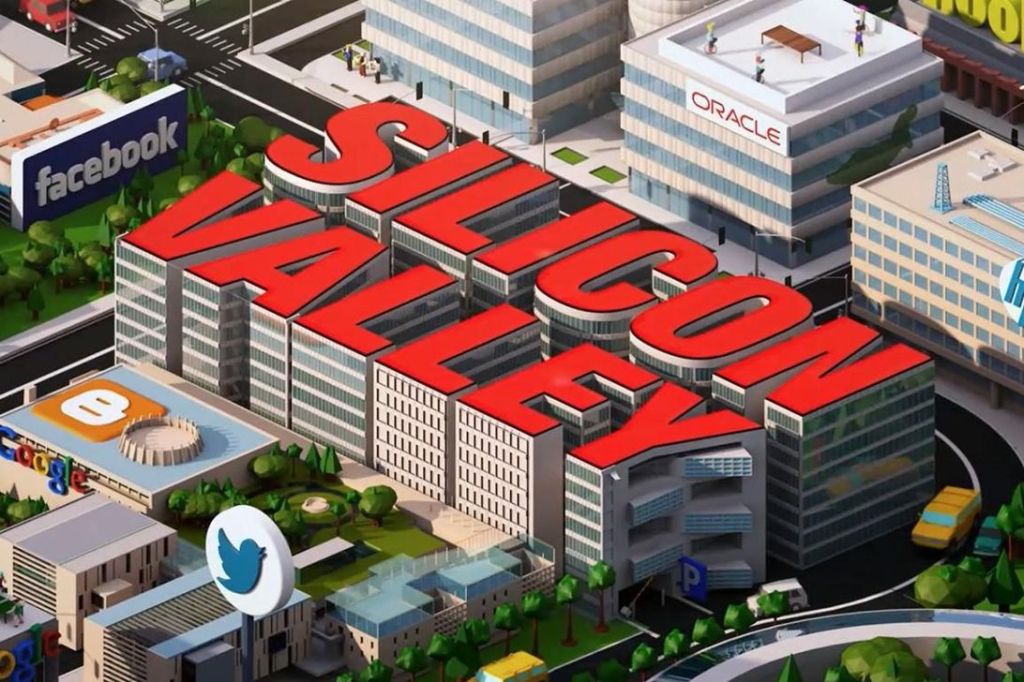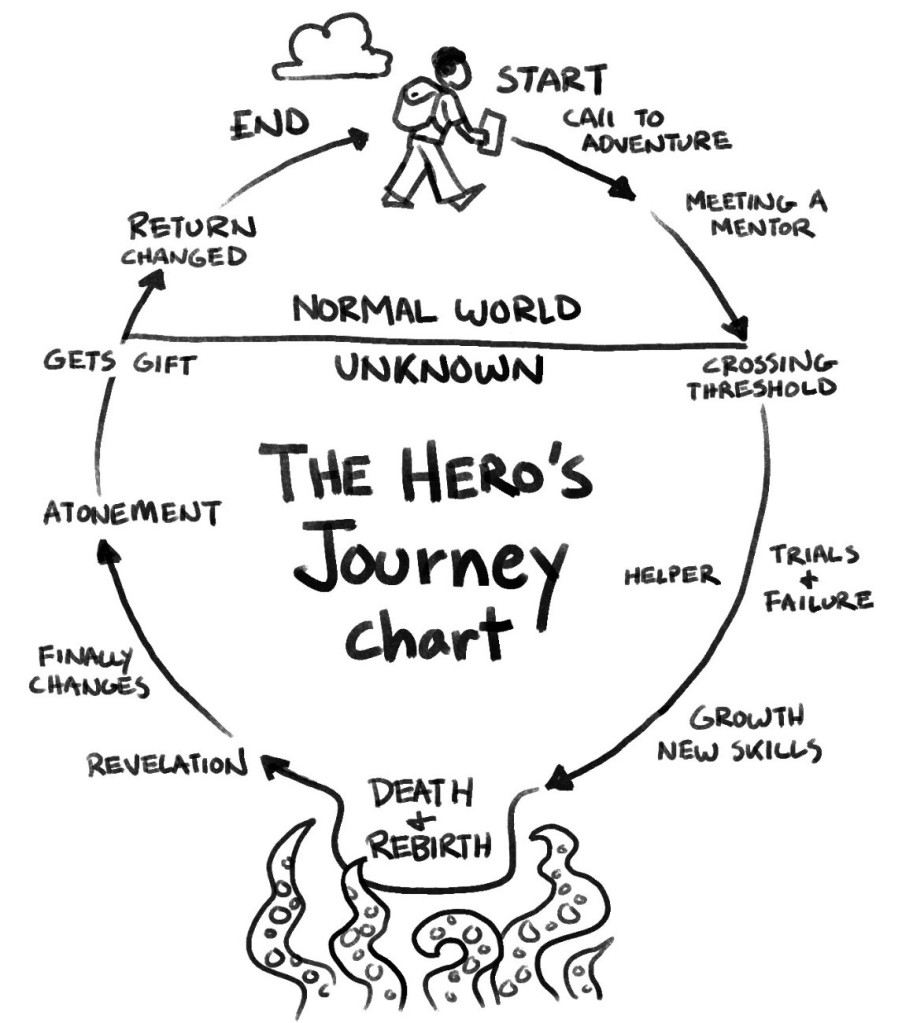--Originally published at Site Title
TI2011

Is amazing when you found somebody that is in the same frequency as you, the one that can follow you and also teach you new things on the way.
While I was reading two chapters of a great novel about management I discovered about three specific qualities that any good manager must has, and these involves to lead with the heart, trust your g u t ( t r u s t your hunches), build soul into the organization and develop a nose for bullshit. It sounds kind of hard but is true, you need it to be great on your job and not only another boring boss.
Sometimes to be a great manager you need help of someone you can trust, the one that allow you to express your doubts and help you to make a good decision, because it does not matter how long you have run as a leader, you can always screw up. For this reason you must trust in your team and make an environment where they can trust in any teammate, so by the time the battle comes, your real work is already done.
Remember, listen more than you speak.










